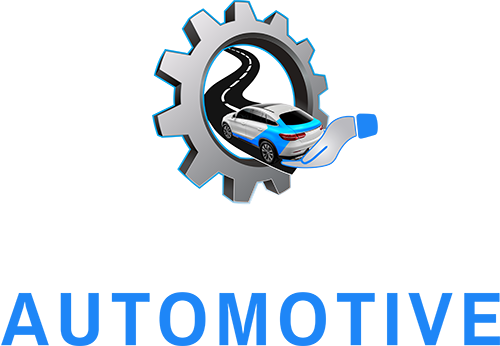If you own a car, you’ll know how important it is to pay attention to your engine’s health. One failure in your car’s engine could lead to more significant problems and expensive repairs. The timing belt and timing chain are integral to keeping your engine running smoothly. But what are they, and how can you maintain them? We’ll discuss everything you need to know about engine repair, timing belts, and timing chains.
What Is A Timing Belt?
A timing belt controls the opening and closing of your engine’s valves. It’s a robust rubber material that connects the camshaft to the crankshaft. The belt’s teeth align with the engine’s gears, keeping everything in sync. The timing belt is a crucial part of the engine; if it fails, it could lead to catastrophic engine damage.
What Is A Timing Chain?
A timing chain is made from metal and controls the engine’s valves like a timing belt. The chain has two sprockets on each end, allowing it to rotate smoothly. Unlike the timing belt, the timing chain doesn’t need to be replaced routinely but still needs to be maintained.
How Often Should Timing Belts Be Replaced?
Timing belts must typically be changed every 60,000-100,000 miles, depending on your car’s make and model. Check your car’s manual to see the recommended interval for your specific engine. Failing to replace your timing belt on time could lead to your engine failing, causing thousands of dollars in repairs.
How Do You Know When You Need A New Timing Belt?
A worn or damaged timing belt might make a high-pitched noise, and you may notice a ticking sound from your engine. Other signs include difficulty starting your car, engine misfires, and poor acceleration. If you’re experiencing any of these issues, take your vehicle to a mechanic to have it inspected.
What’s Involved In A Timing Belt Change?
Replacing a timing belt involves removing the old belt and inspecting the timing belt components, including the tensioner and idler pulleys. These components are often replaced simultaneously as the timing belt, as they are known to wear out over time. The whole process can take several hours, so be prepared to leave your car with the mechanic for the day.
Your car’s engine is vital to its overall performance, and the timing belt/chain is just one component that helps it run smoothly. Understanding what they are, how they work, and when to replace them can save you a lot of money in the long run. Schedule a mechanic inspection if you’re unsure about your car’s engine health. A trained professional can diagnose any issues with your engine, including the timing belt/chain, and get your vehicle running safely and efficiently.


